Optimal Timing for Demolition Service
Choosing the right time for demolition service can impact project efficiency and cost. Factors such as weather conditions, project scope, and local regulations influence the best timing. Planning ahead ensures minimal disruptions and adherence to schedules.
Demolition projects are best scheduled during dry, mild weather periods to ensure safety and efficiency.
Larger projects may require more planning, making off-peak seasons ideal for scheduling.
Timing may depend on permit approval processes, which can vary by season and region.
Scheduling during less busy times can ensure access to necessary resources.
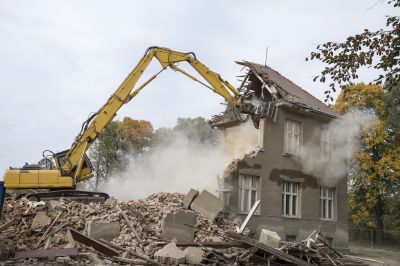
Heavy machinery preparing for demolition in optimal weather conditions.

Preparing a site during favorable weather for efficient demolition.

Safety gear and planning during demolition projects.

Ways to make Demolition Service work in tight or awkward layouts.
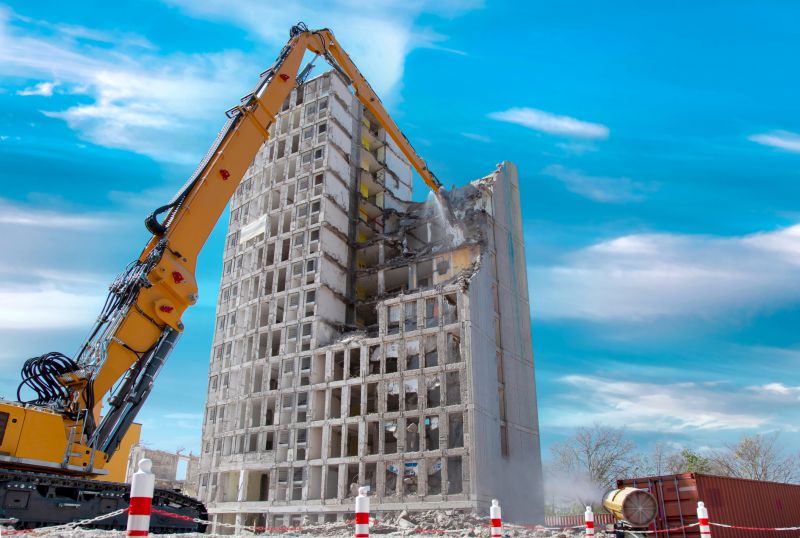
Popular materials for Demolition Service and why they hold up over time.
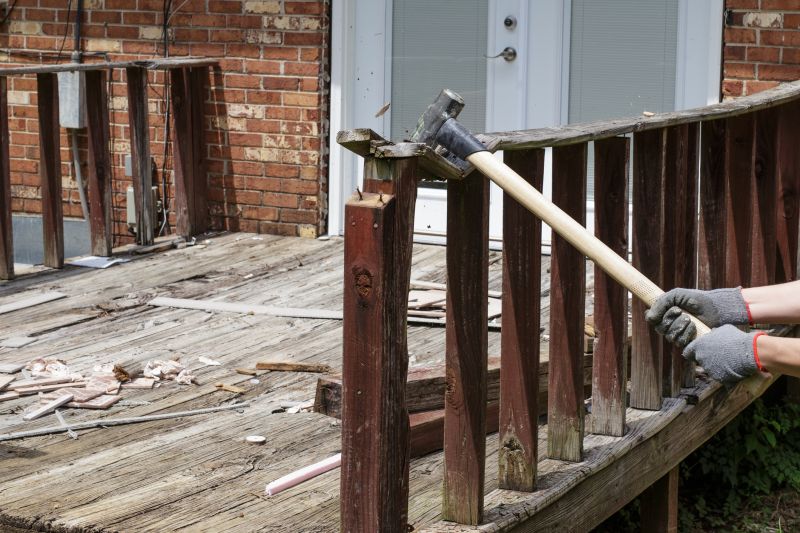
Simple add-ons that improve Demolition Service without blowing the budget.

High-end options that actually feel worth it for Demolition Service.

Finishes and colors that play nicely with Demolition Service.
| Factor | Best Time to Schedule |
|---|---|
| Weather Conditions | Dry and mild seasons |
| Project Size | Off-peak seasons for large projects |
| Permitting Process | During permit approval periods |
| Workforce Availability | Less busy periods |
| Surrounding Activity | Periods of minimal local activity |
Demolition services involve the systematic dismantling of structures, often to prepare for new construction or redevelopment. Proper timing ensures safety, compliance, and cost-effectiveness. Advanced planning accommodates weather, permits, and resource availability, making the process smoother and more predictable.

Excavators and wrecking balls in operation.
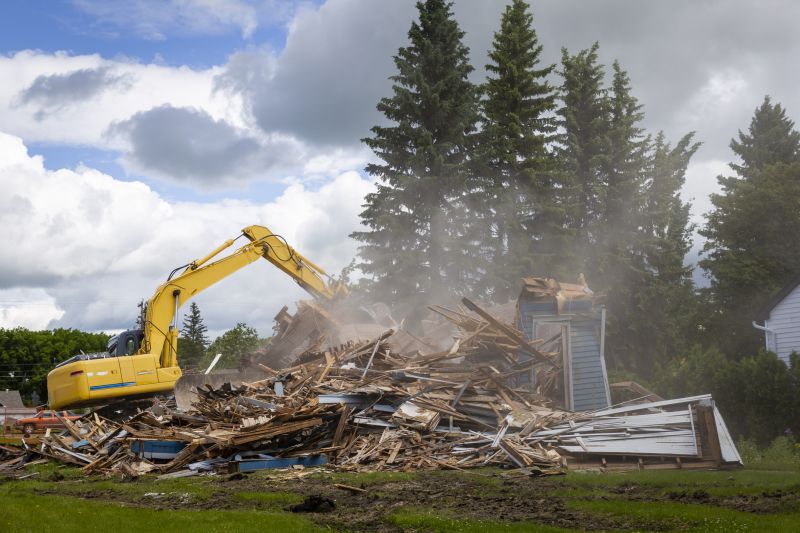
Clearing debris after demolition.
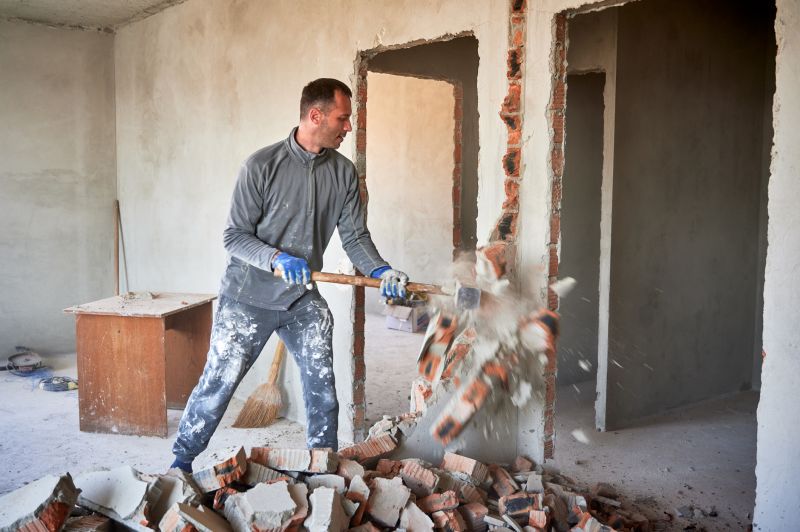
Partial demolition of a building.

Efficient debris removal process.

Little measurements that prevent headaches on Demolition Service day.

A 60-second routine that keeps Demolition Service looking new.
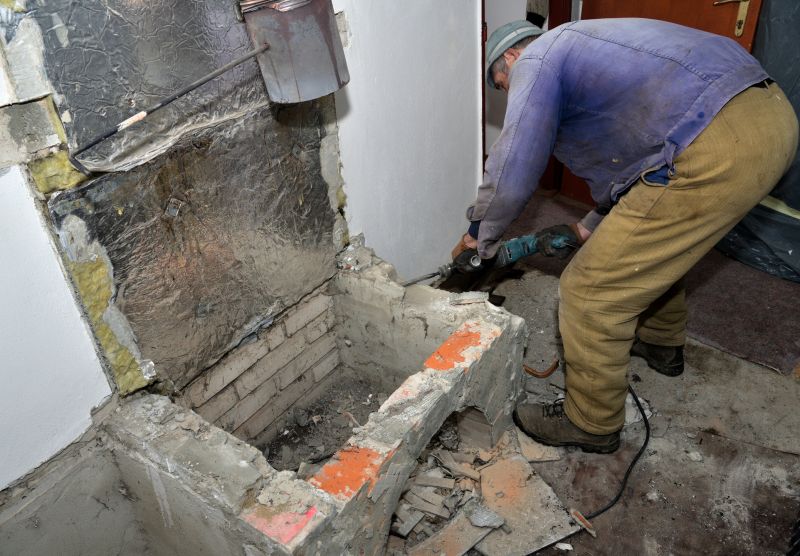
A frequent mistake in Demolition Service and how to dodge it.

Small tweaks to make Demolition Service safer and easier to use.
Additional Information on Demolition Service
Demolition projects require careful planning to ensure safety and efficiency. Timing the work appropriately can reduce costs, prevent delays, and minimize disruptions. Understanding regional weather patterns and permitting timelines is essential for scheduling demolition activities effectively.
Statistics indicate that scheduling demolition during favorable weather conditions can decrease project duration by up to 20%. Proper timing also helps in adhering to safety protocols and avoiding weather-related damages or delays.

Comparison of site before and after demolition.

Demolition in city settings during optimal periods.
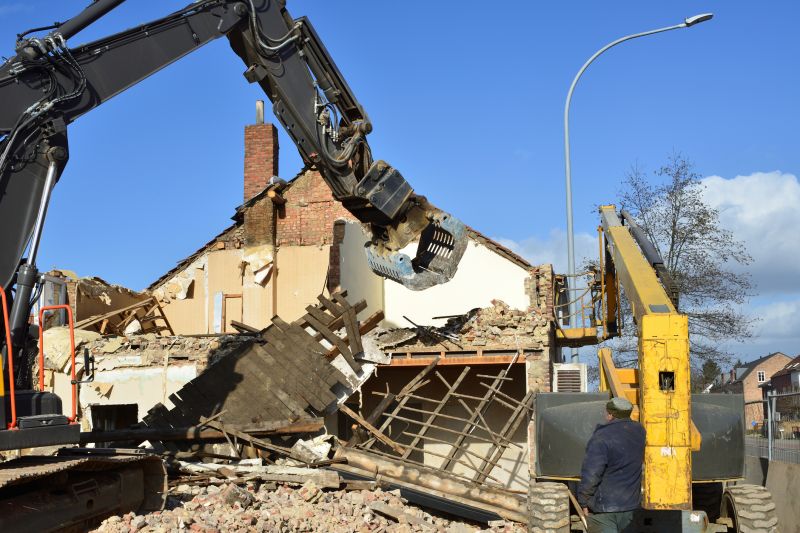
Large-scale industrial site demolition.
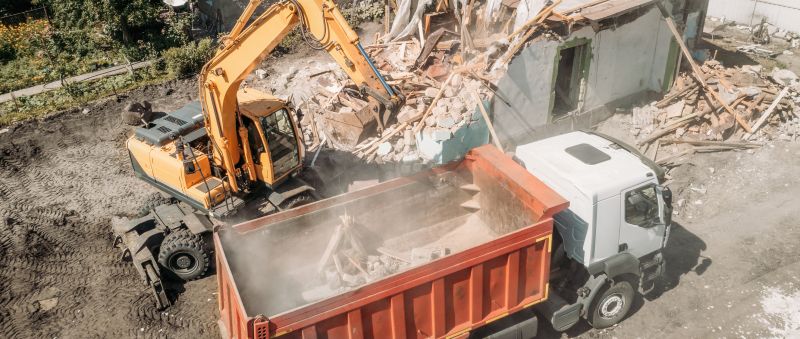
Lower-waste or water-saving choices for Demolition Service.
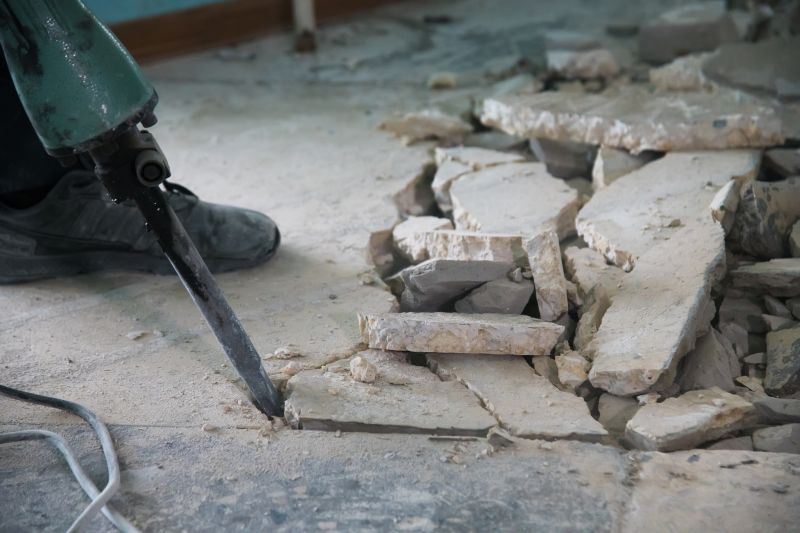
The short, realistic tool list for quality Demolition Service.

Rough timing from prep to clean-up for Demolition Service.

Quick checks and paperwork to keep after Demolition Service.

Examples that show the impact a good Demolition Service can make.
Interested parties are encouraged to contact for more information or to discuss scheduling options. Proper timing can significantly impact the success of a demolition project, ensuring safety and efficiency throughout the process.
